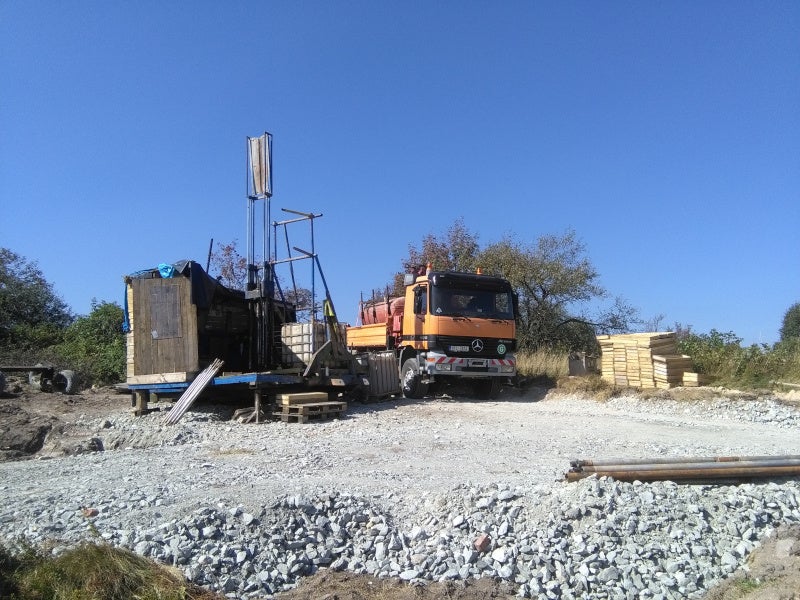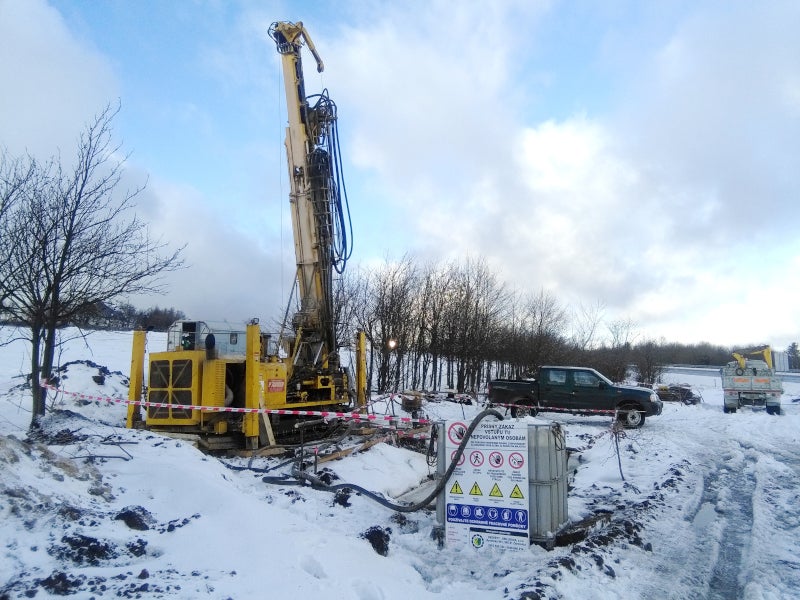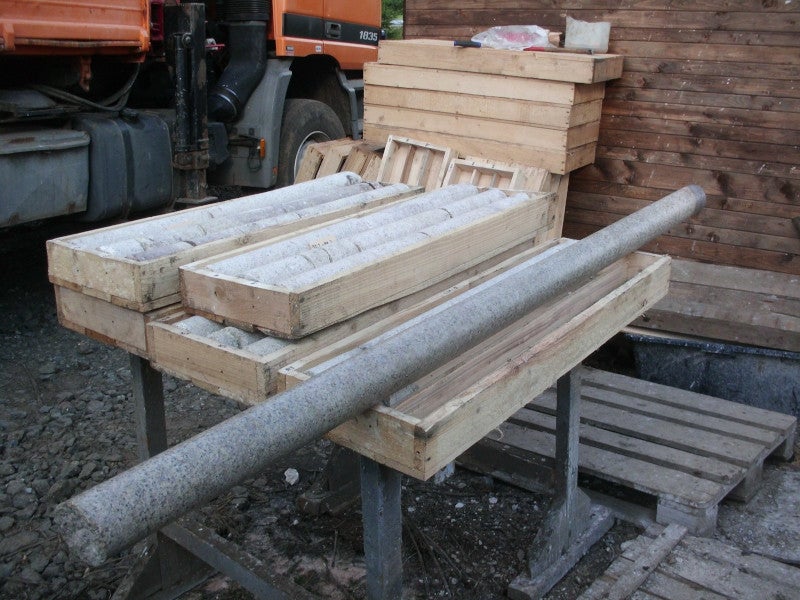Cinovec is a lithium and tin mining project in the Czech Republic. It is the largest lithium resource in Europe and also the world’s fourth-largest non-brine deposit.
European Metals holds control over the exploration licences of the project through its 100%-owned Czech subsidiary, Geomet. Utility company CEZ invested £29.1m ($31.4m) in the project, acquiring a 51% equity interest in Geomet. The project is expected to be developed with an estimated total capital cost of $482.6m. The investment by CEZ supports the development of the Cinovec deposit.
With the completion of the investment in April 2020, the project began the work programme. Geomet obtained an eight-year preliminary mining permit for the north-western part of the deposit in the same month. The permit completed the receipt of preliminary mining permits for 100% of the ore reserve. An updated preliminary feasibility study (PFS) for the project was completed in June 2019 and the partners will begin the definitive feasibility study. The project is in the second stage, which will involve testing the production process under pilot plant conditions.
The mine will produce battery-grade lithium products to meet the demand for electric vehicle makers and firms involved in electricity storage systems. The partners aim to tap the potential of the deposit to make it the low-cost hard rock lithium producer in the world.
Cinovec lithium and tin project location
The Cinovec lithium-tin deposit is located in the Krusne Hory Mountains, forming a natural border between the Czech Republic and Germany. The project is situated in a historic mining region, 100km away from Prague.
The site is located near industrial and chemical facilities in the heart of Europe with accessibility to major vehicle manufacturers.
Reserves
The initial probable ore reserves are estimated to be 34.5 million tonnes (Mt) graded at 0.65% of lithium oxide (Li2O) and 0.09% of tin, as of July 2017.
The resource estimate was upgraded to 372.4Mt of total indicated mineral resource graded at 0.45% of Li2O and 0.04% of tin, as of November 2017.
Cinovec project history and geology
Underground mining operations at the Cinovec mine began in the 1940s for tungsten production and continued to expand into tin and tungsten production. The mine was closed in 1993, following a decrease in tin prices and the site was rehabilitated in 2000. European Metals acquired a 100% interest in the exploration rights in 2012.
The Cinovec resource is situated on the Krusne hory/Erzgebirge metallogenic province in the Saxothuringian zone of European Variscides.
Cinovec has a granite-hosted deposit of tin, tungsten and lithium. It has a late Variscan age geological setting with the tin and tungsten occurring in oxide minerals while lithium occurs in zinnwaldite.
The mineralisation is found in a small granite cupola with vein and greisen type of deposits.
Mining at Cinovec project
The Cinovec ore can be mined using single-stage crushing and single-stage coarse semi-autogenous grinding (SAG) milling. Low-cost wet magnetic processing will be employed to produce lithium concentrate, which will undergo further processing at high recoveries.
The preferred mining method will utilise pillars for support, avoiding the need for a backfill plant. The largely flat or shallow dipping orebody can be mechanised by long-hole open stope mining.
The ore will be divided into blocks of 90m in length and 25m in height in the strike direction. These blocks will be accessed by an access crosscut and developed by drifting. The stopes will undergo mining from the block limit on retreat, going back to the access cross-cut position.
The stopes will have a maximum width of 13m and be accessed by footwall drives. A twin decline system will be used to access the mine with the second decline intended to be used as an intake airway and a service decline for mineworkers and material.
The mine is expected to have 21-year mine life, with an average processing capacity of 1.68 Mtpa of ore. The projected production of lithium hydroxide from the deposit is 25,267tpa. Initial mining is planned to be carried out at the Cinovec South deposit.
Processing at Cinovec project
The magnetic separation method with a lithium metallurgical recovery of 91% was chosen for the PFS. The initial test results proved that a wet high-intensity magnetic separation (WHIMS) stage would be able to improve the para-magnetic material to form a scavenger magnetic fraction, to be transported again to the beginning of the circuit.
The 91% recovery was achieved through a three-stage magnetic separation flow sheet, including a rougher, cleaner and scavenger stage. The cleaner magnetic concentrate underwent re-grinding before being passed over a shaking table for the recovery of the liberated tin while the gravity concentrate and the scavenger concentrate were sent back to the origin of the circuit.
The produced tailings will be filtered and compressed into filter cakes for dry stack impoundment in a tailings storage facility (TSF). The tailings will be of 1.5Mtpa of front-end comminution and beneficiation (FECAB) material, as well as 0.5Mtpa of lithium carbonate plant (LCP) material.
The tailings will be hauled to the TSF via wheel loaders and articulated trucks.
Cinovec project infrastructure
The Cinovec project can be accessed by a sealed road and two railway lines located within 10km of the deposit.
The site has an active 22kV transmission line, mine service water systems, trackless workshops and refuelling bays. Other infrastructure includes mine dewatering systems; electrical reticulation; control systems and instrumentation; and underground crushers, tips and conveyors.
Contractors involved in Cinovec lithium and tin project
Hatch and Ausenco respectively prepared technical reports for LCP and FECAB in support of the PFS study.
Widenbar and Associates provided the resource estimation while Bara Consulting undertook mine design and scheduling, geotechnical logging and selection of samples for lab testing.






